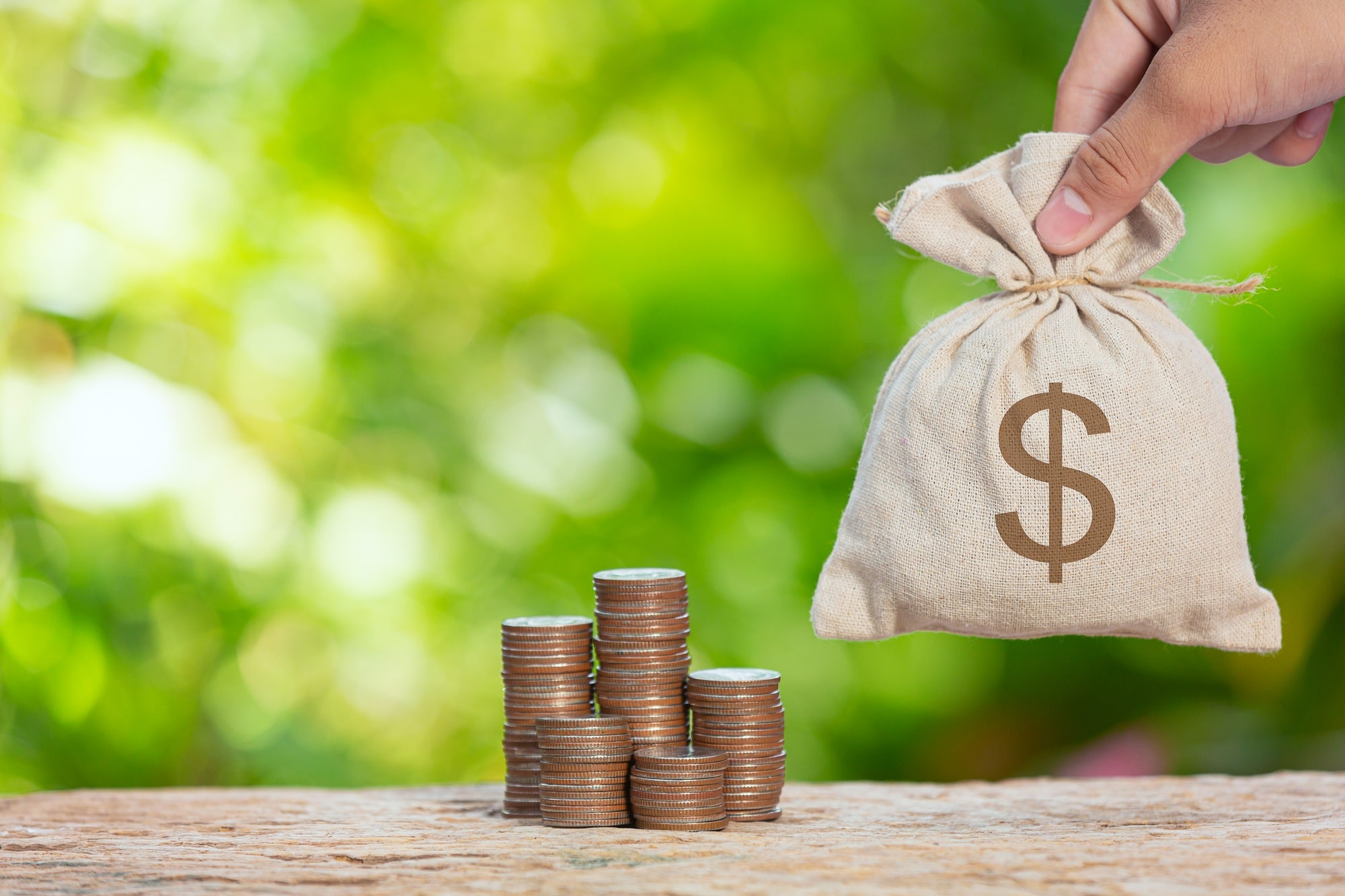April 3, 2023
One of the most common financial mantras to building wealth is “pay yourself first,” but there isn’t much guidance on how to create a pay yourself first budget.
That might be why so many Americans struggle with saving money.
A 2023 Bankrate study found, “Nearly half (49 percent) of U.S. adults have less savings (39 percent) or no savings (10 percent) compared to a year ago.”¹
A 2022 Bankrate study found, “Some 56% of Americans are unable to cover an unexpected $1,000 bill with savings.”² And that 33% of American workers do not have any real retirement savings plan.³
A pay yourself first budget builds wealth because it helps you prioritize your savings.
Let’s face it: It’s too easy to spend first and wait to save until later. The problem is, later seldom comes.
Most people spend their paychecks and then have nothing leftover to save. A pay yourself first budget flips this around by saving first and spending second.
If you are new to this financial philosophy, it can be hard to wrap your brain around.
There is a fear that you won’t be able to cover your expenses if you save before you pay your bills.
If you follow the steps below, you’ll see how easy it is and how paying yourself first not only provides you a financial cushion, but also helps you build wealth.
Identify Your Spending Patterns
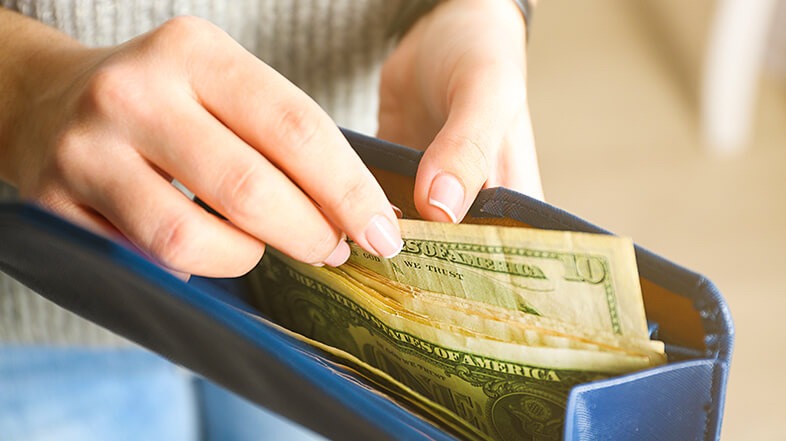
The first thing to do is to get honest about your spending patterns.
Take a good hard look at your accounts and see where your money is going. Do you have a Starbucks habit? Are you regularly shopping for new clothes or gadgets?
You can’t put into practice a pay yourself first budget until you are realistic about how you spend money.
Track your spending for a month so you can be prepared to craft the budget honestly.
Write Out All Income and Expenses
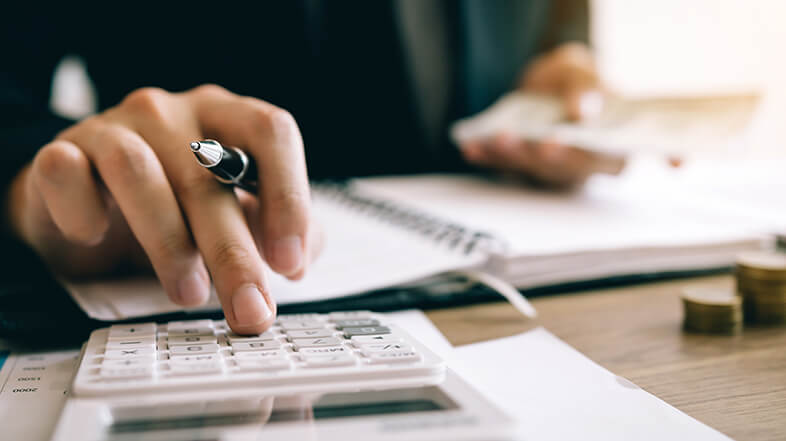
Once you have a basic idea about your spending habits, write down your annual income and your monthly income.
Then, write down all your recurring and required expenses.
Your monthly expenses should be less than your monthly income. (If not, we’ll come back to this point.)
This is where you look at your spending habits.
Use this information to calculate how much you need for food and other usual purchases (such as streaming subscriptions) each month.
Calculate the Minimum Amount You Must Spend Each Month
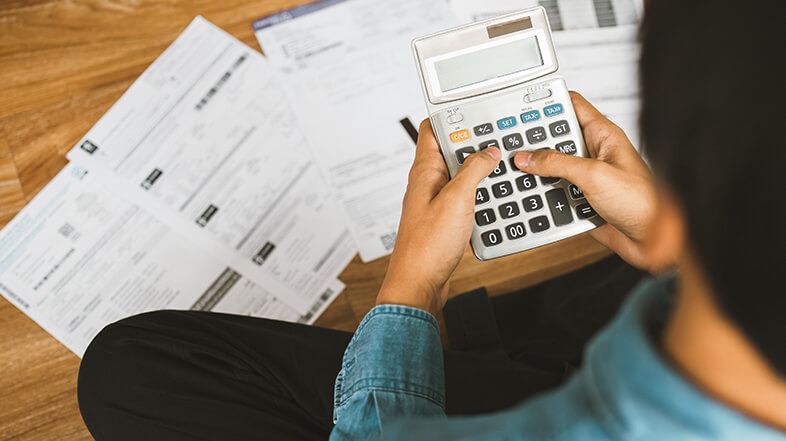
Take the info from the previous step, and calculate the minimum amount of money you have to spend each month (housing, utilities, cell phone, etc.).
See how low you can get your spending down using just the required expenses.
Consider this scenario.
You make $3,000 a month.
Your minimum monthly expenses total $1,400.
This leaves you with $1,600 to save or spend.
Adjust Your Budget as Needed

If you discover you aren’t bringing in enough money each month to cover your required expenses, then what?
First of all, get clear on the fact that you are living beyond your means and commit to changing that.
If this is your situation, you need to focus on paying down some of your high-interest debt instead of following a pay yourself first budget – with the exception of building an emergency fund.
When it comes to a pay yourself first budget for someone drowning in debt, follow the same process, but allocate the remaining income to an emergency fund and debt payments.
Next, you need to adjust your budget to better reflect your income.
Can you move to somewhere with cheaper rent? Can you scale back? Can you renegotiate with utilities? Can you start a side hustle?
Decide How Much to Save Each Month
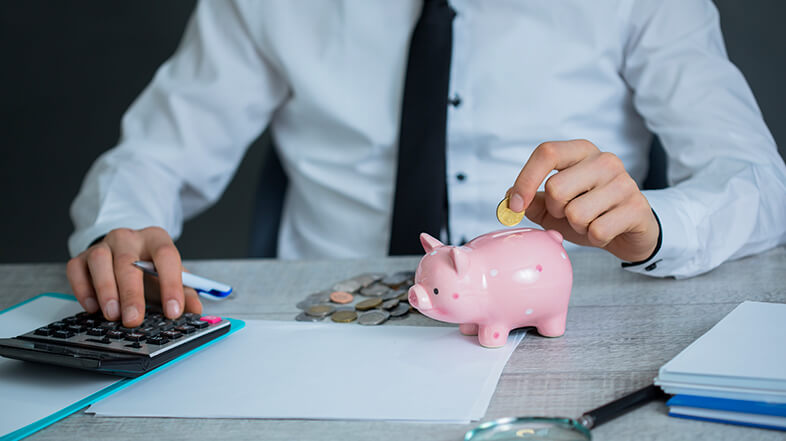
Now that you know where you stand with monthly income and expenses, calculate how much you want to save each month.
A common savings goal is 20% of monthly income, but you may opt to save 10% or 15%. The choice is yours. The point is to select a percentage goal you can meet every month.
Let’s go back to the original scenario.
You make $3,000 a month.
Your minimum monthly expenses total $1,400.
You decide to save 20% each month (or $600).
This leaves you with $1,000 to spend (or put toward other financial goals).
Decide What You Are Saving For

Once you’ve decided how much you want to save monthly, you need to decide what you are saving for.
Prioritize saving to build an emergency fund and save for retirement at the same time.
You may also want to start saving for a down payment on a house or a special birthday vacation.
Determine what percentage of monthly savings will be allocated to each fund.
Going back to our original scenario.
You’ve decided to save $600 a month:
- $300 toward retirement
- $200 toward the emergency fund
- $100 toward the vacation fund
Play around with it to see what works best for you financially in the long run.
Set Up Automatic Transfers

At this point, you want to set up your savings account(s) and automate transfers.
The goal is to transfer the money from your paycheck into these savings accounts BEFORE you even see the money.
When you do so, you are paying yourself first!
SOURCES
- https://www.bankrate.com/banking/savings/emergency-savings-report/#over-1-in-3
- https://www.cnbc.com/2022/01/19/56percent-of-americans-cant-cover-a-1000-emergency-expense-with-savings.html
- https://www.gobankingrates.com/retirement/planning/jaw-dropping-stats-state-retirement-america/



